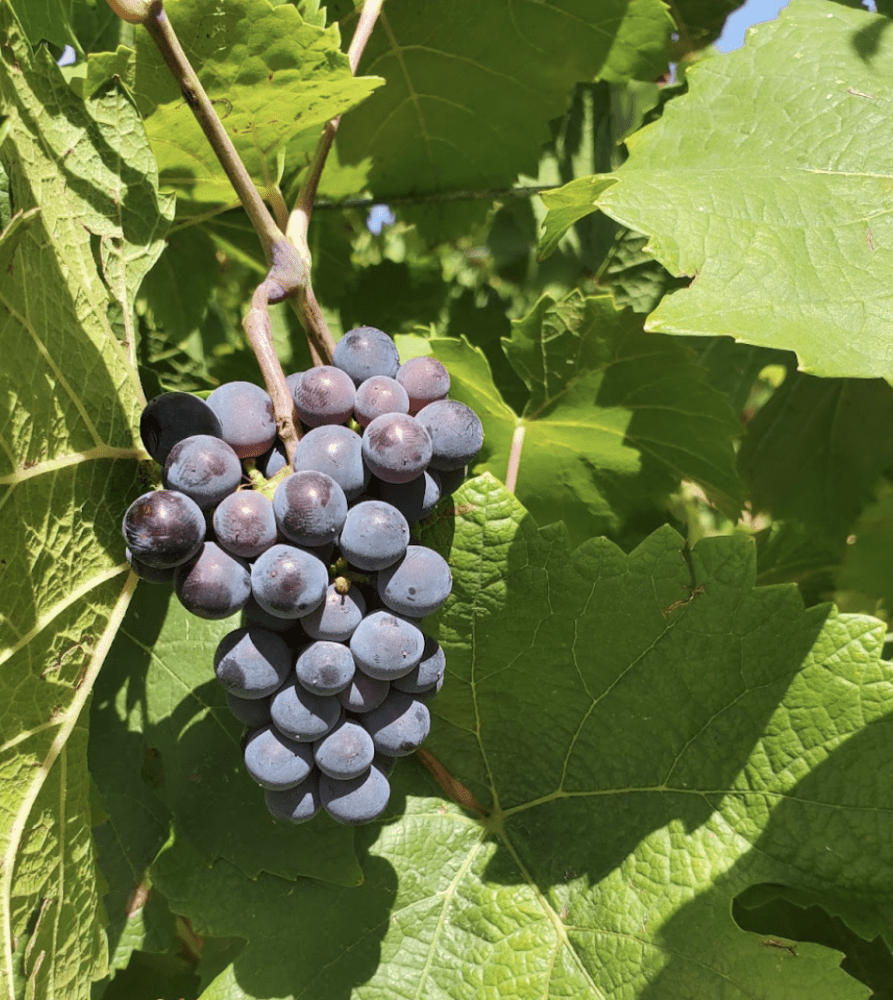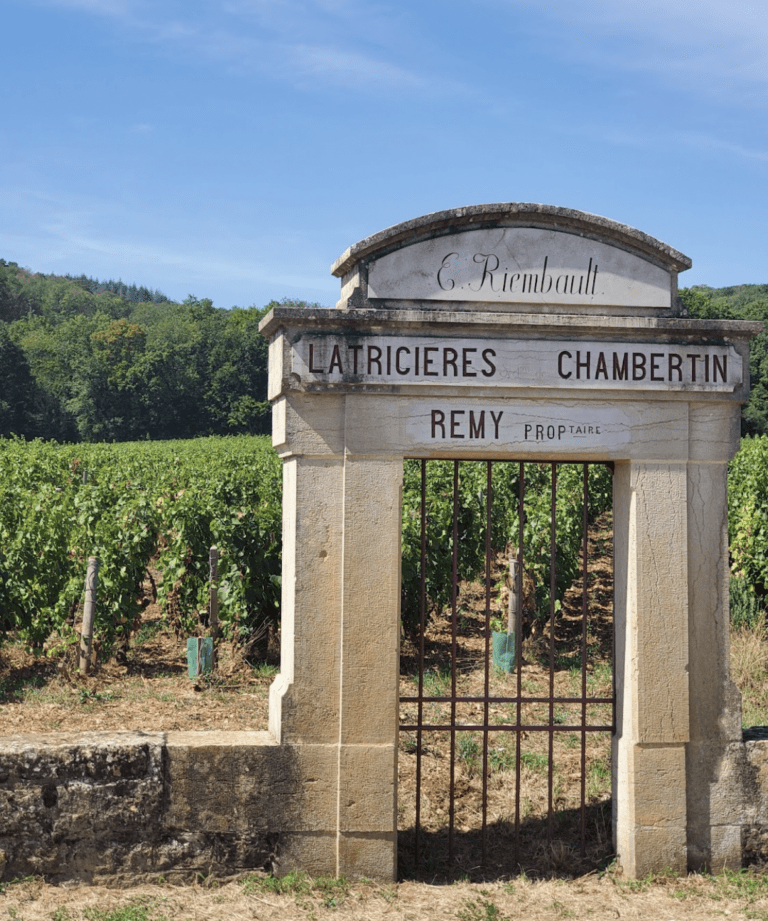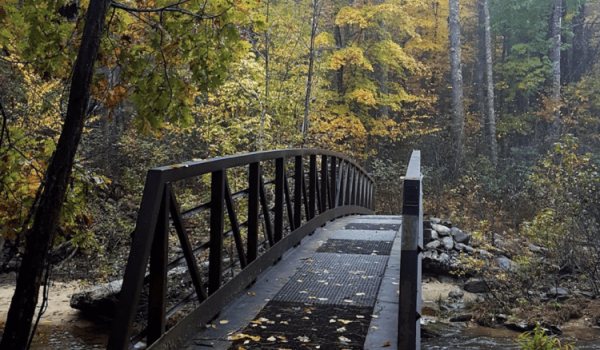Meeting the readers of Travelers Rest Here is a special part of our job – and truly one of the most fun aspects! We’ve connected over IG and in real life. We’ve met at coffee shops and at festivals and over formal dinners and casual gatherings. We see you at grand openings and annual parades. Please stop us – say hi! We adore that!
One of those connections started on IG – we loved his informative and fun videos educating us about wine via Drinks With Alex. Next we met Alex Lopez and his wife at The Tasting Room. Then Alex began routinely sharing wine education articles with all of us right here and we learned so much. Now – Alex has just left the Upstate to live in FRANCE for a year as he continues his wine education there.
And once again – we get to benefit from his adventures and knowledge.
Before he left we chatted over coffee and tea at Leopard Forest (he doesn’t always drink wine, y’all) and I told him we’d LOVE to follow along on his year-long adventure across the pond. He’ll be sending in routine updates and posts. And if you have a particular topic you want to know more about – email us and and tell us! He wants to know!
Thanks, Alex, for taking us along and sharing your journey with us.
________________
by Alex Lopez
An Introduction to Bourgogne (Wine)
I am living in Burgundy (or Bourgogne as it’s called here) for the next year! As I explore this region – food, wine, and culture – I will be sending back dispatches on what I discover.
Since I’m a wine person, let’s start this adventure with an introduction to the wines of Bourgogne.

Monks
Bourgogne’s wine has history going back to the Romans who introduced viticulture to the region. The history of wine in the region is intrinsically tied to the Catholic monasteries of Cluny and Citeaux. Monks in these abbeys produced wine of such quality that when the Popes were based in Avignon, it was Bourgogne wine that graced their tables.
Terroir
With the task of providing wine for the Popes themselves, the monks of Bourgogne began the most comprehensive mapping of wine quality that we know. In modern parlance, there are four tiers of quality in Bourgogne.
The top tier (comprising 1% of Bourgogne wine) is represented by the 33 Grand Cru Vineyards. These vineyards were wine of the Pope. Each Grand Cru represents its own individual French wine region or Appellation d’Origine Contrôlée (AOC).
Below the Grand Cru classification are the 640 Premier Cru climat which represent 10% of the wine of Bourgogne, these vineyards were originally the Cardinal’s wine and are classified based on the Village where the vineyard is located.
The 44 Villages of Bourgogne each hold their own AOC ranking and were originally classified as Bishop’s Wine with 36% of all production.
The bottom of the classifications is Regional wine, which is 56% of production and the most common Bourgogne wine to find.

Grapes
With all of this effort to classify the wines of Bourgogne, you would think that there is a great variety of grapes. In fact, 90.5% of all vineyard area in Bourgogne is devoted to two grapes: Chardonnay (51%) and Pinot Noir (39.5%). So influential are these two varieties that the term White Burgundy means Chardonnay and Red Burgundy means Pinot Noir. Only 4% of French Wine is Bourgogne.

________________________
To learn more from Alex, see these posts:




